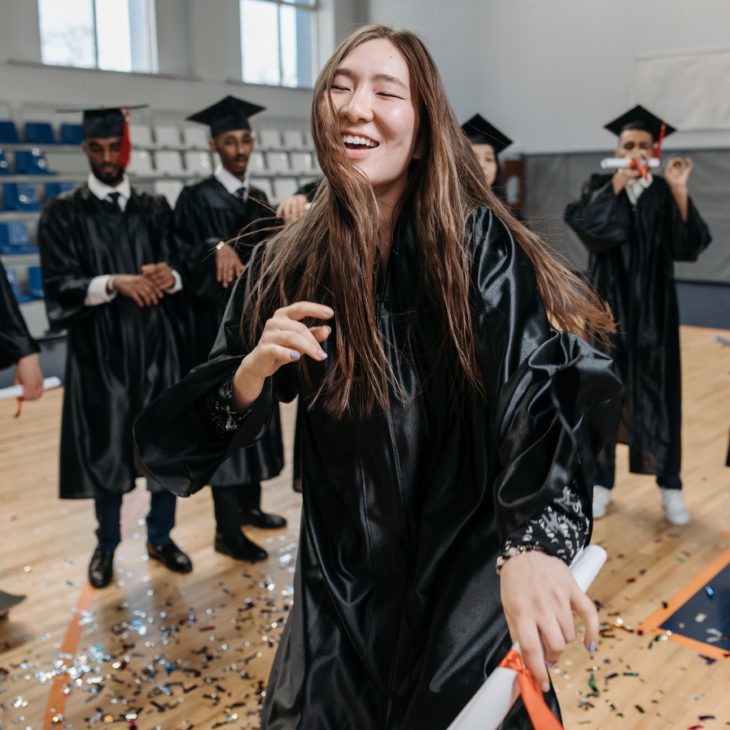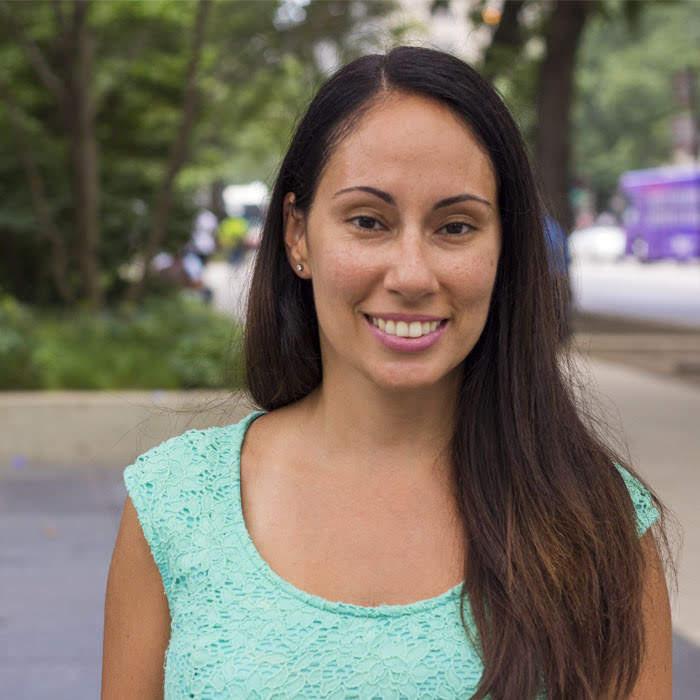Why Educators Will Help Write the Next Chapter for Interfaith America
May 16, 2022

Colleges and universities serve as microcosms of the religious diversity that is shaping American life. These spaces are quite unique and are filled with an assortment of opportunities for learning, unlearning, questioning, and creating a more beautiful social order. They’re laboratories of sorts, spaces to be innovative, and spaces that serve as a model for the rest of society by helping us visualize what an Interfaith America can look and feel like.
They give us a picture of what can unfold when we experience and live in a community that positively engages across lines of religious, spiritual, philosophical, and secular differences. Faculty, staff, administrators, and students, in this once-in-a-lifetime sacred space and time, converge from all around the world or just a few miles away, carrying with them countless faiths and worldviews. As conveners, disrupters, and educators, you are leading, intentionally or not, an increasingly vital role in engaging this diversity by creating encounters and experiences that lead to cooperation instead of conflict, love in response to hate, and a more understanding and open mindset. We all need to hold ourselves accountable for this, not only in the academy, but in every aspect of our lives.
Share
Related Articles
As conveners, disrupters, and educators, you are leading, intentionally or not, an increasingly vital role in engaging this diversity by creating encounters and experiences that lead to cooperation instead of conflict, love in response to hate, and a more understanding and open mindset. We all need to hold ourselves accountable for this, not only in the academy, but in every aspect of our lives.
For the past five years, I’ve helped build and launch the BRIDGE modules, the Racial Equity and Interfaith Cooperation Awards, and led various webinars and written pieces on topics such as implementing interfaith cooperation and engaging religious diversity in higher education, pedagogy for online interfaith learning and engagement, cultural leadership development and the centering of religious and secular diversity, and the importance of interfaith engagement in first year’s seminar and orientation.
I have visited over two dozen campuses, provided long-term campus engagement consultations, designed, and created curricula for faculty capacity, diversity, equity, and inclusion initiatives, and designed and launched ongoing interfaith learning seminars. It is also likely that you have received an email or newsletter from me discussing topics of interfaith literacy, announcing grant opportunities, inviting you to attend an upcoming convening and to apply for the Institute on Interfaith Excellence, also known as IIE, a partnership with the American Association of Colleges and Universities. As Interfaith Youth Core expands to become Interfaith America, there have been many opportunities to elevate the work of our 700+ campus partners. A perfect example of this is our Faith & Vaccine work, which leveraged our interfaith campus partners and created a movement to integrate public health advocacy into our faith-based civic institutions. Our campus partners are those, like you, who prioritize the importance of religious identity, worldview diversity, interfaith cooperation, and interfaith leadership in equipping the next generation of leaders and improving campus climate and culture to be more inclusive of religious diversity.
We have built, through various initiatives such as the Faculty Seminar and the IIE, faculty and staff capacity to transform experiences with diversity into engaged and productive pluralism that minimizes polarization and increases engagement across lines of religious, spiritual, and secular differences. We have supported educators and leaders through campus partnerships and associations — with Historically Black Universities and Colleges, the Council of Independent Colleges, the Hispanic Association of Colleges and Universities, and more — to understand the nuances and complexities of the individuals and groups they serve, including how they make meaning of the world around them and the connections between their language and faith, culture and rituals, and values and decisions. The American Association of Colleges and Universities and Interfaith America have recently partnered to compile and celebrate some of this work in the publication, Interfaith Cooperation for Our Times: Educating Citizens for a Diverse Democracy, by showcasing institutional efforts to broaden, deepen, and strengthen commitments to interfaith teaching and learning.
At Interfaith America we aspire to build the nation interfaith America. For this vision to take hold we need to ensure IDEALS research, curriculum development, and opportunities to engage across lines of religious difference do not solely stay within the field of higher education. Higher education is the perfect environment to create, ideate, and implement structural changes focused on leveraging the strength of religious diversity, creating opportunities for individuals and groups to engage across lines of difference, and cultivating the necessary skill set to fully participate in this religiously and philosophical diverse workforce and life. If we are in fact going to build an America that fully embraces the religious diversity that it holds, the interfaith make-up of its country, and the contributions of all its people, we also need to widen our circle and expand our work.
In this new chapter, we will continue to support and develop resources that prioritize interfaith cooperation in and outside the classroom, work with faculty and staff on curriculum development and experiential learning opportunities, deepen our relationships with off-campus partners to ensure campus-wide impact, continue to solidify stakeholders who will work to create a public narrative of the power and strength of Interfaith America, partner with associations and organizations within higher education and expand in areas such as interfaith literacy in pre-professional fields, online learning and engagement, wide-scale bridgebuilding efforts, and within civic society. It’s an opportunity to intersect the theoretical more intentionally with the tangible and apply what it means to live, participate, and thrive in an Interfaith America. To learn more about our expansion efforts please explore the new sectors on our website, including Faith & Health efforts to destigmatize HIV/AIDS; Tech & Interfaith; and Religious Diversity & Bridgebuilding.
As we turn the page and begin this new chapter, from Interfaith Youth Core to Interfaith America, I invite you to join in and co-author this new chapter with us.
Janett I. Cordovés is Director of Higher Education Partnerships at Interfaith America.

Janett I. Cordovés
Dr. Janett Cordovés, Director of Higher Education Partnerships, is responsible for advancing our higher education organizational strategy, particularly the Institute on Interfaith Excellence. Janett has worked in higher education for twenty years, elevating the importance of engaging worldview identity to support students’ holistic development, retention, and success efforts. She holds a B.S. in applied mathematics, a MA in higher education, and an Ed.D. in ethical leadership. In her spare time, she serves as the Associate Editor for the Journal of College and Character and on the Board of Faith Lives, a non-profit focused on building young Christian woman leaders across America. She also enjoys playing tennis, dancing, painting, and serving at her place of worship – City Church Chicago.



